Table of Contents
In the race against disease, Artificial Intelligence is not just a competitor but a game-changer, offering predictive powers that could redefine early detection.
Artificial Intelligence (AI) in early disease detection is revolutionizing, supplanting traditional means with innovative methods for predicting and preventing health conditions. In this article, we will take a detailed look at the leading AI applications in diagnosing diseases earlier compared to conventional methods, gaze upon industry examples addressing these issues, and lay out what the future holds for AI & health.
Top 5 AI Early Disease Detection Applications :
- Predictive Analytics: AI algorithms process vast amounts of patient records and produce estimates of health risks with unprecedented accuracy. That includes a deep learning model from MIT and Massachusetts General Hospital, which has been trained to predict the occurrence of breast cancer as far away as five years in the future. While various AI models have indeed shown an upward increase in improving predictive accuracy in disease diagnosis, there reportedly is a 10-20% advance over current methods. Detection of breast cancer can be done by AI algorithms with an accuracy rate of over 90%, compared to 70-80% in the conventional methods.
- Advanced Imaging Analysis: AI is enhancing diagnostic imaging by finding patterns that would have been invisible to the human eye. At the University of Oxford, researchers have built an AI algorithm with the ability to predict heart attacks as far back as ten years. This system can detect inflammation and other risk factors, not visible conventionally, thereby empowering proactive, preventive care.
- Customized Treatment Plans: Machine learning algorithms extend beyond diagnosis into the personalization of treatment plans by analyzing patient-specific data. Examples include the use of AI algorithms in the personalization of cancer treatments according to a tumor’s genetic profile and the characteristics that a patient has, yielding more effective and targeted therapies.
- Automated Risk Assessments: AI tools expedite the process of patient health evaluation, as well as deliver rapid and comprehensive assessment findings identifying patient-risk profiling for disease predictions. For instance, automated systems can use patient data to recognize people at high risk for diabetes or heart disease so they receive early interventions in lifestyle and treatment.
- Integrated Health Monitoring:: AI-driven platforms monitor patient health in real-time by integrating various data sources, spotting subtle signs signifying the onset of diseases, and giving an alert to healthcare providers at appropriate times. These systems facilitate real-time tracking of chronic diseases to ensure prompt intervention and better patient care.
AI Leaders in Early Disease Detection: A Competitive Landscape Analysis:
MIT / Massachusetts General Hospital (MGH): They developed an unparalleled image-based deep-learning model that considerably overcomes the difficulties of early detection of breast cancer. The new model can predict the probability of developing breast cancer as long as five years ahead and is a vital tool in combating the disease. A landmark study, published in Radiology in 2019 by MIT and MGH, showed the model trained on mammograms from over 90,000 women. It learned patterns associated with a future diagnosis of breast cancer years later. In that study, it outperformed traditional risk models by quite a margin, predicting cancer in 31% of women who developed the disease compared to a meager 18% predicted by traditional methods.
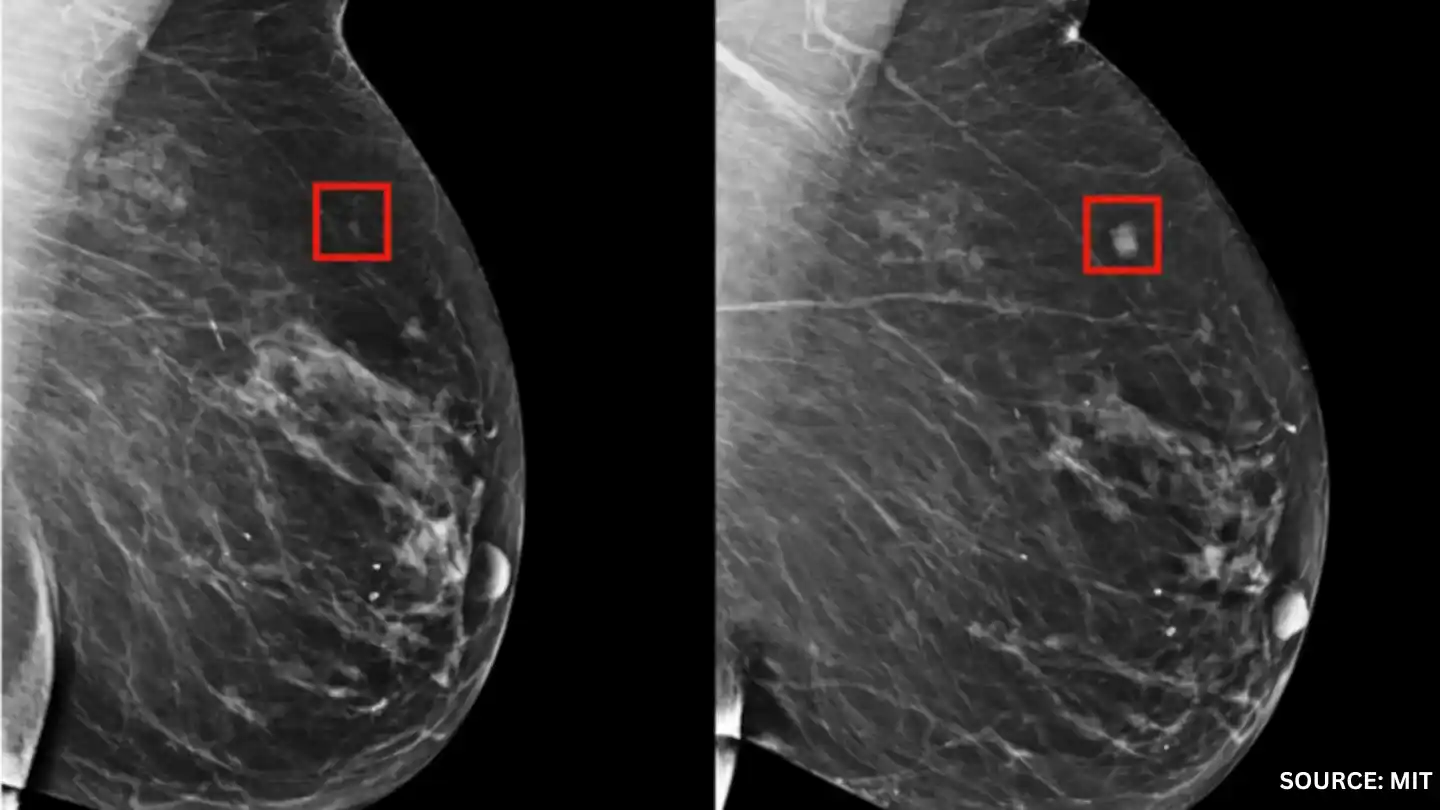
University of Oxford: This institution’s AI model for predicting heart attacks up to ten years in advance integrates a diverse range of patient data, including genetic information, lifestyle factors, medical history, and real-time health metrics. A recent study of over 100,000 patients revealed that an AI model is more accurate by 20% in premonitions of heart attacks than the use of traditional risk assessment tools; moving the needle toward proactive cardiovascular care.
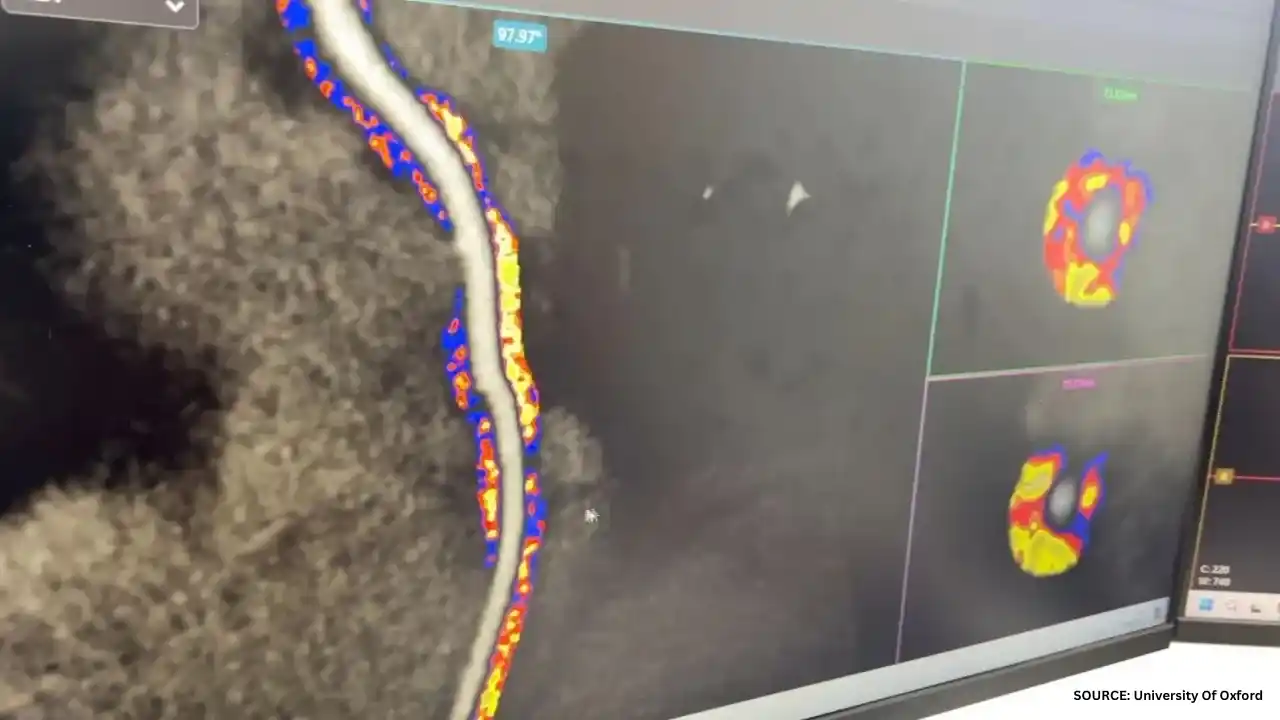
Zebra Medical Vision: Zebra’s AI-powered algorithm is designed to detect brain bleeds with remarkable accuracy, enabling early diagnosis and timely, life-saving interventions. This technology interfaces seamlessly with existing imaging systems, amplifying their power in a major way to give healthcare professionals a strong lead in light of their drive to improve patient outcomes and reduce time to treatment in key scenarios. Clinical studies have shown that Zebra’s algorithm beats the manual approach to detecting brain hemorrhages, being much quicker and more sensitive. Hence, it has raised hopes of changing the game in emergency care.
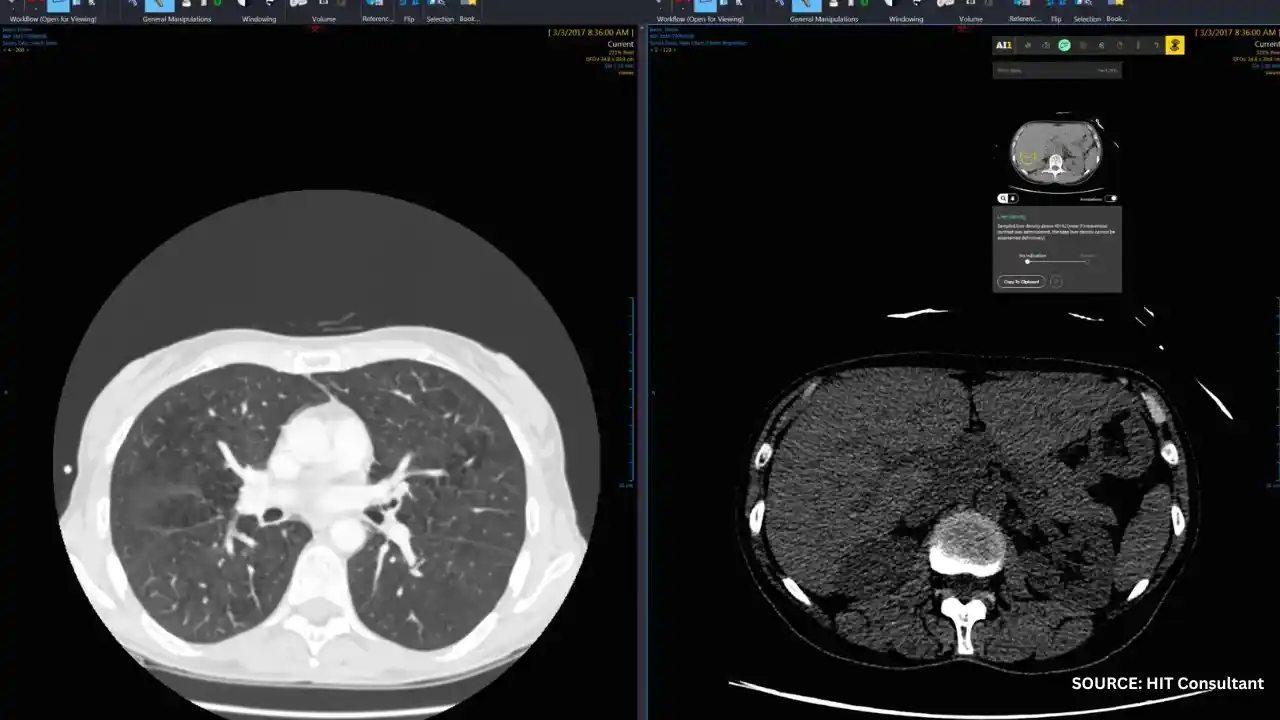
Google DeepMind: DeepMind’s AI gives doctors a critical 48-hour head start in diagnosing life-threatening diseases with the use of advanced predictive algorithms. This tool analyzes vast volumes of patient data, achieved through vital signs, laboratory results, and medical history that can determine early warning signs not easily observable through conventional means. The AI-powered tool was said by the clinical trials to have predicted conditions such as sepsis and acute kidney injury with unparalleled accuracy and thereby helped healthcare professionals act earlier and improve patient outcomes by leaps and bounds.

Stanford University: Stanford-developed AI algorithm detects heart abnormalities as effectively as the best cardiologists. The new algorithm brings unparalleled speed and precision to the complex analysis of echocardiograms. Capable of scanning thousands of images taken in echocardiograms in a fraction of the time that human experts would need, this sophisticated algorithm catches subtle cardiac problems that might go unnoticed. This AI has also shown it can match the diagnostic and detection rates of top cardiologists in clinical studies. This reduces the time to diagnosis while enabling faster, more effective treatment decisions that improve patient care.
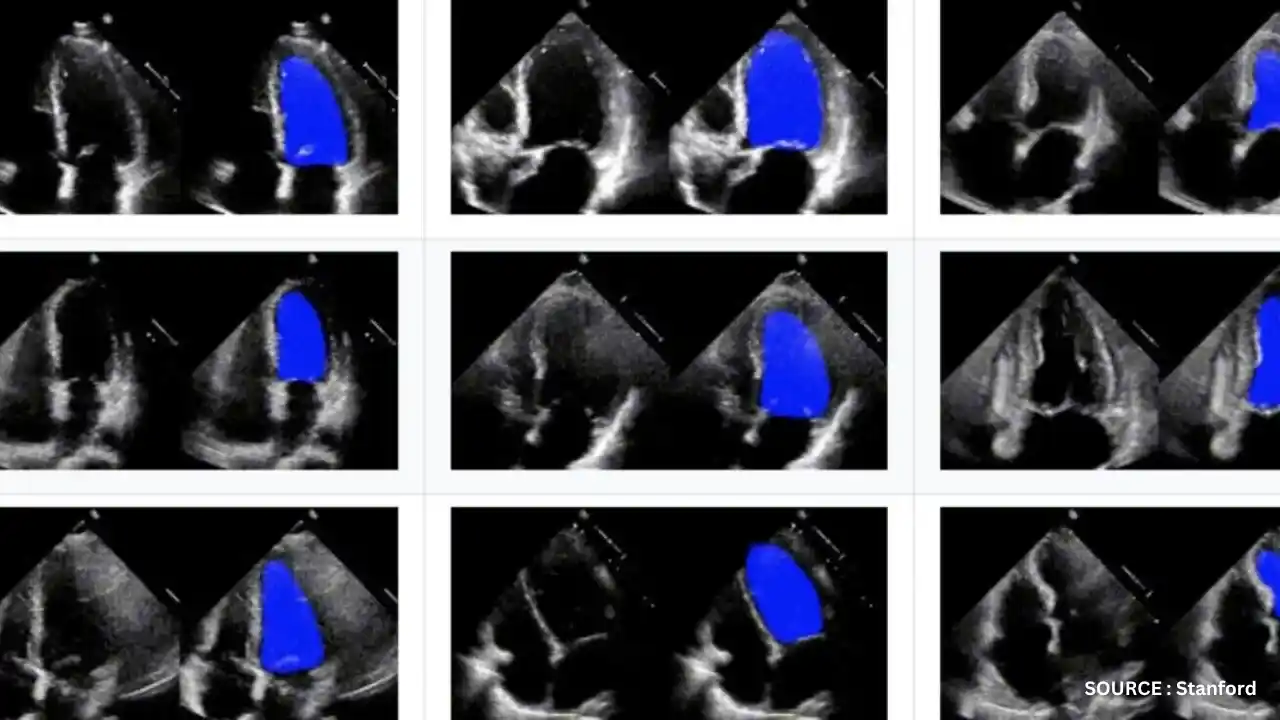
Navigating AI Challenges in Early Disease Detection: Addressing Privacy, Bias, and Cost
Privacy Concerns: AI needs access to many kinds of personal data, in medical fields, for instance. It needs to ensure advanced data security and patient privacy.
Bias in Algorithmic: AI can unwittingly reinforce the current biases within data that AI models are trained on. Continuous updating of AI models is necessary to mitigate these risk factors.
Implementation Costs: High costs associated with developing and integrating AI technologies can be a barrier, particularly for smaller healthcare providers. Efforts are needed toward cost reduction and increased accessibility.

AI-Driven Data Metrics: Transforming Insights and Efficiency
Accuracy Improvement: With AI systems, easily diagnostic accuracy can go over 90%, whereas traditionally this rate has hovered around 70-80%. Because AI will analyze big data with complex patterns and subtle indicators not caught by human interpretation, its diagnosis would be more accurate and consistent. This does not only reduce misdiagnosis, but the acceleration of diagnosis time for earlier intervention can improve patient outcomes.
Time Efficiency: AI is said to cut up to 50% of the time every diagnostic process requires, hence enabling faster decision-making by healthcare providers. Due to such factors, it tends to be quite helpful in life-and-death emergencies. The intelligent use of AI-driven tools automates up to 80% of the routine diagnostic tasks independently, freeing up the hands of health professionals for more complex and critical areas of patient care.
Cost Reduction: AI can reduce treatment costs by as much as 30% through early detection. The AI-powered diagnosis would grant doctors the chance to catch a possible health problem when it is still in its earlier stage. They would, therefore, allow less invasive and far more efficient treatment options, keeping the patient away from expensive procedures and long hospital admissions.
Market Growth: The global AI in healthcare market is expected to inflate from $10.4 billion in 2021 to an estimated $120.2 billion by 2028 at a CAGR of more than 41%. The exponential growth is driven by the increasing adoption of AI for early disease detection, personalized medicine, and improved patient outcomes. With continued advancements in AI technologies, their applications are expanding from just diagnostics to predictive analytics, robotic surgery, and precision treatment planning.
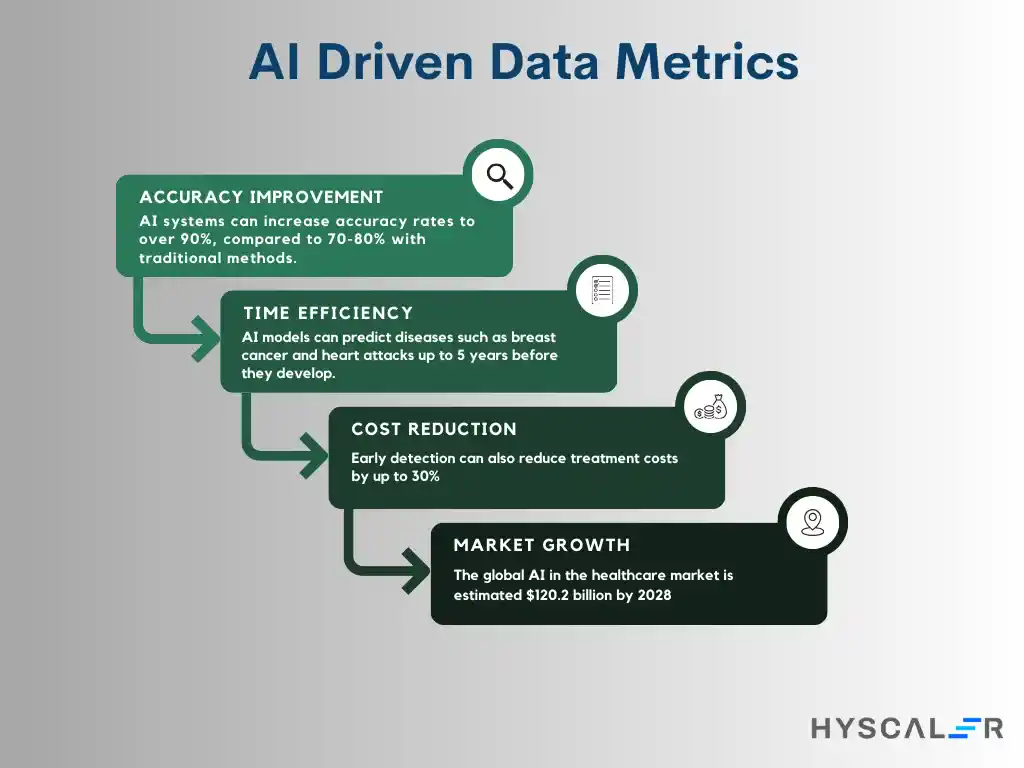
AI in Early Disease Detection: What Users Think—Opportunities and Concerns
Opportunities: Doctors have high expectations in the application of artificial intelligence in their industry because it has already been seen to enhance the accuracy of diagnosis, facilitate early treatment, and the development of unique treatment plans for patients. It can be observed that there is a consensus on making AI an important tool in improving healthcare quality in general.
Concerns: Some doubts are still present concerning job loss and the possibility of an artificial intelligence system taking people’s positions. It is crucial that AI supports the work of healthcare professionals and does not encroach upon the latter’s functions.
The Future of AI in Early Disease Detection: Shaping the Future of Healthcare
The potential of adopting AI in early disease diagnosis is evident hence the future in early disease diagnosis will be revolutionary. The integration of Artificial Intelligence in diagnosing and action plans will lead to a change in the diagnostic paradigm, improve real-time tracking of patients’ conditions, and enable the creation of intelligent healthcare ecosystems.
This advancement is going to shift the healthcare system progressively toward organizing patient treatment and efficient medical care through AI implementation in daily practice will result in the improvement of patients’ life quality.
Conclusion
Early degenerative disease diagnosis through AI is increasingly being adopted, helping the health sector to become more preventative and individualized. By enhancing models for knowing the occurrence of diseases such as breast cancer and heart attacks, and fine-tuning diagnostic equipment, AI is gradually introducing new benchmarks for even precision. Even though there are issues like privacy and bias that need to be solved, the (possibility) of it is very high.
Are you ready to be part of this revolution in healthcare? Walk with us on this journey toward the use of AI-driven solutions for the early detection of diseases. And let’s all work together toward that future wherein healthcare is not reactive but proactive, with better outcomes for one and all.





